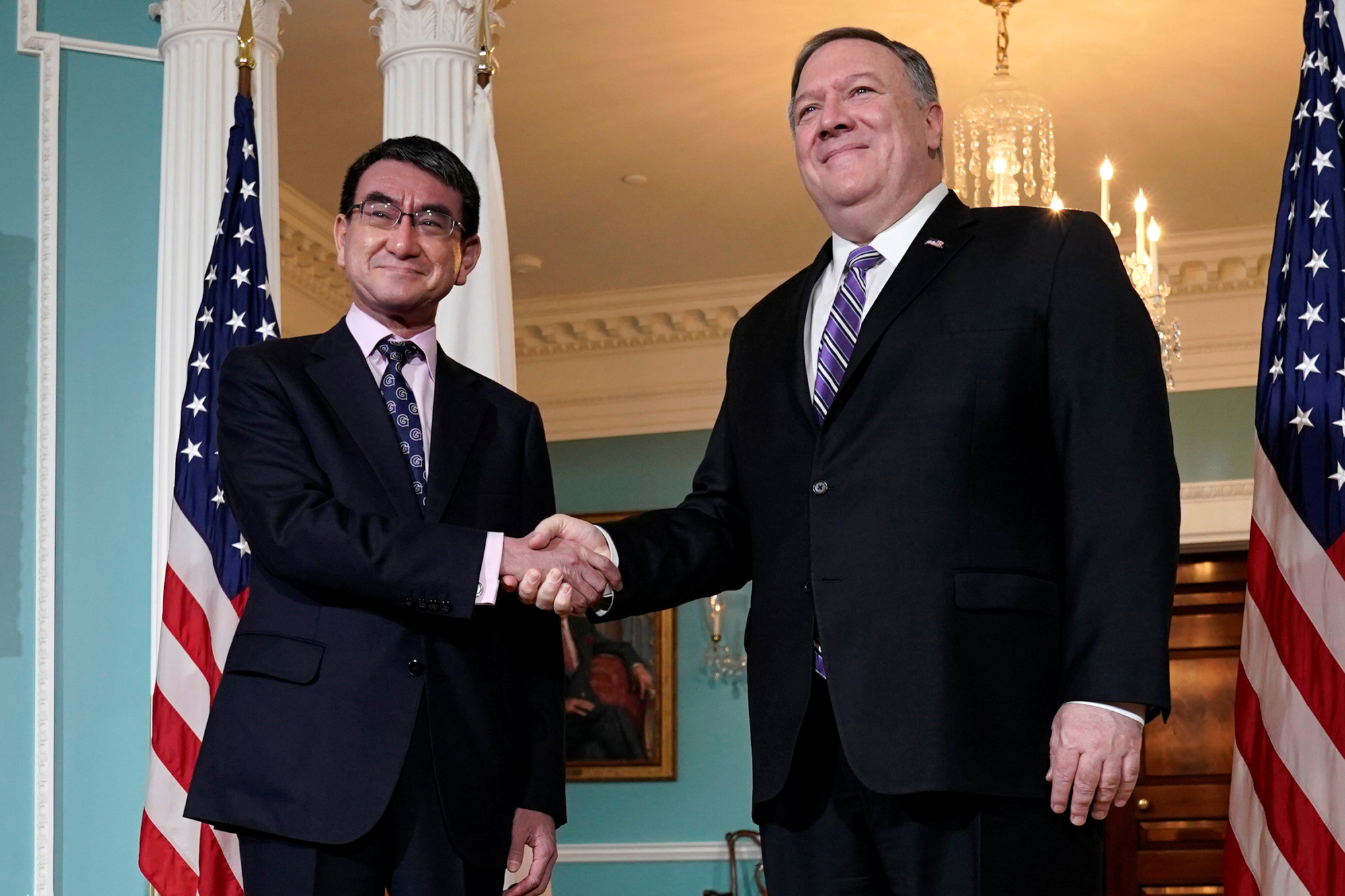Last week, Foreign Minister Taro Kono and Defense Minister Takeshi Iwaya traveled to Washington to meet with their U.S. counterparts in the first "two-plus-two" Security Consultative Committee (SCC) meeting since 2017.
As a former Japan-U.S. alliance manager, I observed last Friday's events with interest. After all, the SCC is the highest-level institution for alliance management, offering the two governments a forum to set priorities, to identify areas needing action, and to make declarative statements regarding commitments and expectations under the alliance treaty. The joint statement that is published from the SCC is a tool for strategic messaging, an instrument for evolving alliance expectations, and a road map for lower level officials on where to cooperate in the realms of foreign policy and defense. In other words, it gives an indication of where the two governments are steering the alliance for the next few years.
Last week's SCC meeting and joint statement put the allies on the right track, though not without a few noticeable speed bumps. It offered continuation of ongoing defense initiatives, increased clarity in areas not traditionally covered in SCC statements, and provided an effective "fact sheet" of alliance policies and activities. While there were many topics covered, there were five takeaways especially worth noting — three transformative for the alliance and two that portend friction for the security partners.



















With your current subscription plan you can comment on stories. However, before writing your first comment, please create a display name in the Profile section of your subscriber account page.